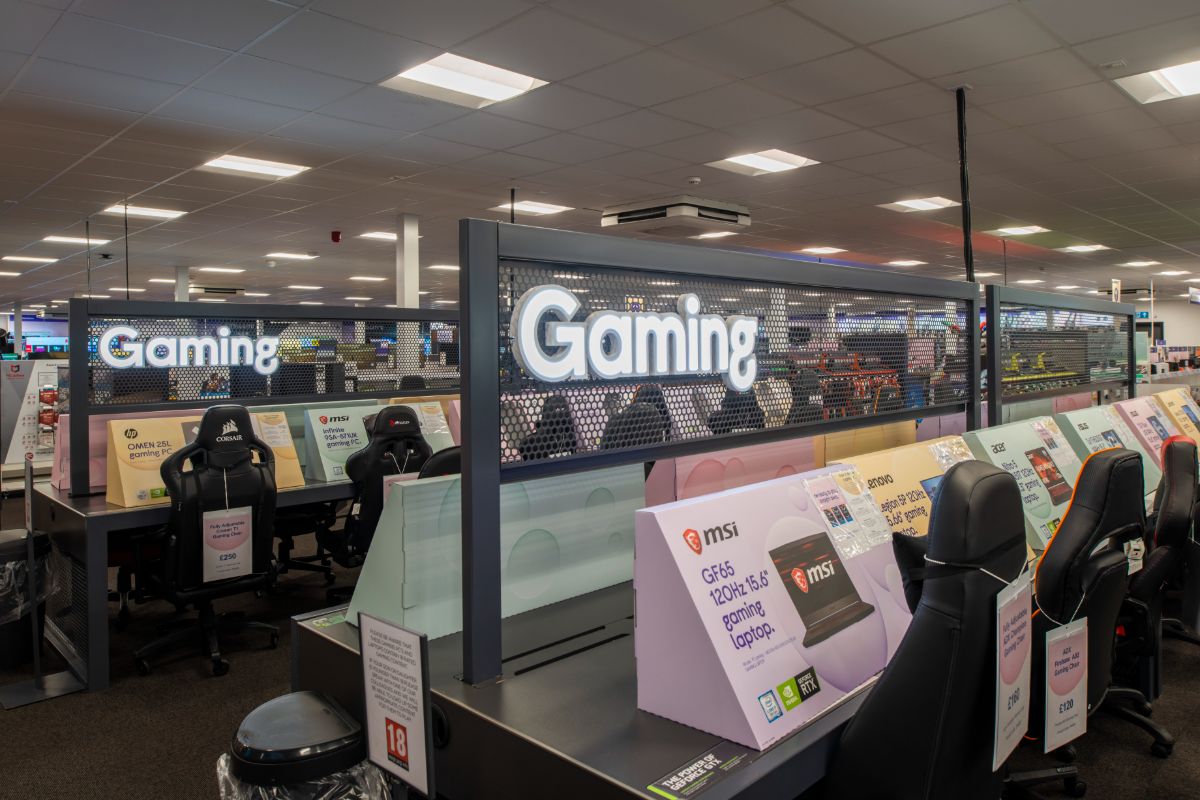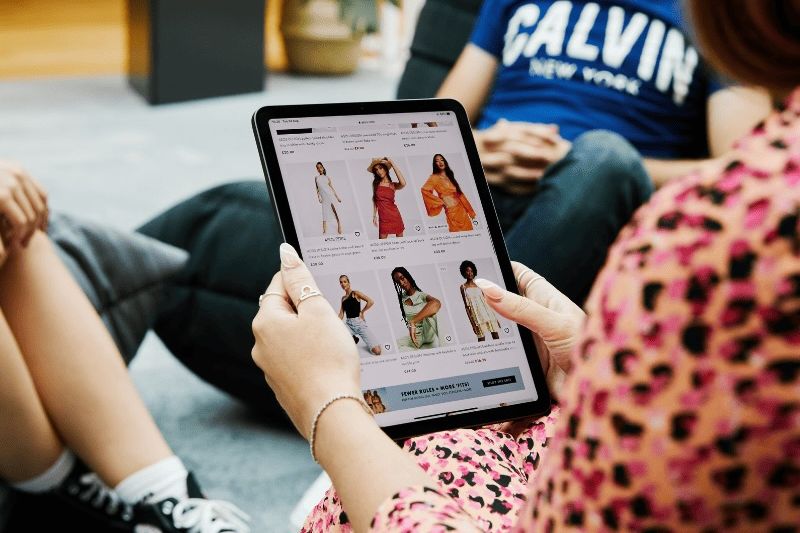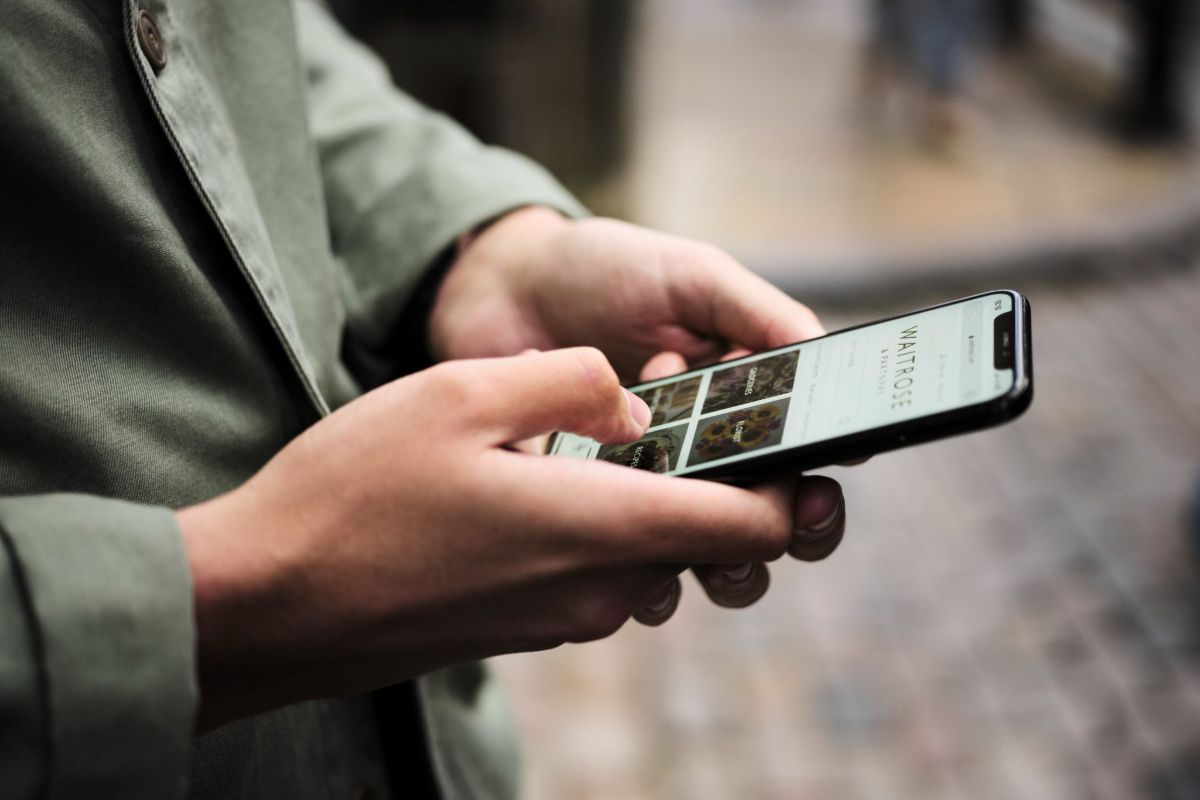Shoppers have been out in force since non-essential retail was able to reopen this week, the latest footfall figures suggest.
The number of visitors to UK retail locations rose by 155.2% yesterday, compared to the same day last week, according to data from Springboard. Central London (+202.4%) and shopping centres (+225.2%) saw the fastest rise in footfall, while the number of people going to high streets (+176.1%) was also strongly ahead of last week. Retail parks (+35.9%) rose less sharply from a higher level.
Visitor numbers were 15.9% down on the same day in 2019, judged to provide a more useful comparison than last year when shops were closed in the first lockdown – while more people headed to a retail park (+7.8%) yesterday than on the same day two years ago. Visitors to Central London locations were down by 56% on 2019, comparing well to a fall of more than 80% during lockdown.
Diane Wehrle, insights director at Springboard, says: “The first day of retail reopening was an amazingly positive result and one which finally offers retailers with some positive news. The strong uplift highlights that consumer demand is higher than even forecasted and shows that bricks & mortar still holds a key position within the retail sector. With footfall in shopping centres rising by +225.2% and on high streets by +155.2% on the first day of trading, the sector can finally see a visible road to recovery after a difficult year.”
The figures will please the New West End Company, which had expected that 40% of normal footfall would return across the Oxford Street, Regent Street, Bond Street and Mayfair area, where it represents about 600 retailers. But the company is now calling for Sunday trading hours to be extended, and has written to the government business secretary Kwasi Kwarteng to make its case.
Jace Tyrrell, chief executive of the New West End Company says: “With the vaccination programme well underway and restrictions lifting across the country, we are well set to welcome shoppers back today to safely enjoy all the West End has to offer, I’m confident that the West End will continue to thrive as a world-leading retail and leisure destination and key driver of the UK economy.
“Since the start of the pandemic, retailers have lost 220 trading days. While we’re optimistic that these businesses will be able to recover with significant inward investment already pouring into the district, they need targeted support.
“This is why we have written to the government to ask for an extension of Sunday trading hours in Britain’s two international centres – London’s West End and Knightsbridge. As we reopen, we need to recognise that the ways in which people want to shop has changed. Greater flexibility on Sundays is vital to attract customers back into the capital, giving them the opportunity to spend what they want, when they want, all the while boosting the wider economy and crucially protecting jobs.”
Looking further ahead
The question mark remains over how the situation will develop in the longer-term. Will shoppers continue to buy online to a greater extent than previously, to the detriment of stores?
Kelly Askew, retail lead for Accenture UK and Ireland, says: “It comes as no surprise that ecommerce has reigned over the last year and isn’t going away, with consumers who previously only shopped infrequently online now being six times more likely to buy their groceries online now compared to pre-pandemic.
“That being said, there’s no question that high street still holds a place in the hearts of British consumers, for example nearly 80% of consumers would feel a sense of loss if physical clothes stores were to close for good. As we continue to see a blurring of physical and digital presence, for retailers who can master the art of the multichannel experience, the future is looking much brighter.
“However, consumer confidence still wanes, with almost half (45.7%) still feeling uncomfortable about going to shopping centres over the next six months. Safety is paramount and trust must be earnt, so retailers must have the necessary safety measures in place to entice shoppers back instore.”
McKinsey research, in the form of its UK Consumer Sentiment Research, suggests that 47% of UK shoppers want to splurge in 2021 to reward themselves, while as many as 92% of shoppers who already shop online will continue to do so afterwards. But 72% of shoppers have changed stores, brands or the way they shop – and that change is likely to continue for 84% of those who had tried a new brand.
David Jinks, head of consumer research at ParcelHero, says: “The Glorious Twelfth saw the start of the High Street bargain-hunting season as many people returned to their favourite High Street stores for the first time since early January. However, it was a different High Street to the one they remember, with no Topshops, Burtons or Dorothy Perkins, and even several John Lewis stores permanently closed. Our recent research shows 46% of consumers have no intention of spending as much in stores as they used to do pre-pandemic.
“Encouragingly, those retailers that have survived the cull reported positive results, with queues forming outside fashion stores, footwear outlets and more. However, looking at ParcelHero’s numbers for the morning, there was no noticeable falling-back in online retail bookings either: at 11am online, ParcelHero’s regular retail users were reporting sales 68% up on the same period last year and just -3% down on average recent Mondays.
‘The likes of Primark and JD Sports saw sizeable queues, while favourite local indies have also reported brisk trade, but the genie is already out of the bottle. UK shoppers spent an average £3,379 online last year – more than consumers in any other country. UK shoppers now lead the world in the great migration to online. It’s great we can finally see new clothes “in the flesh” before we buy, get a haircut and even brave the weather for an (extra) chilly beer in pub gardens. We should remember the lesson of the end of the first lockdown, however. After an initial burst of enthusiasm and early-morning queues to get into our favourite stores last June, things fizzled out after a few days.
‘Looking at the Government’s Office for National Statistics (ONS) retail sales figures for June 2020, as the first lockdown was lifted, the value of sales actually fell -3.2% against the previous year. Clearly, the massive, pent-up demand many High Street stores anticipated just wasn’t there.
‘We’re confident the High Street will claw back some of its lost trade, but the success of physical stores is down to how well they blend their in-store and online sales. There are some big wins to be had, for example, in areas such as Click & Collect and BOPUS (buy online, pick up in store) that blend the convenience and security of buying online with driving footfall into stores.”









